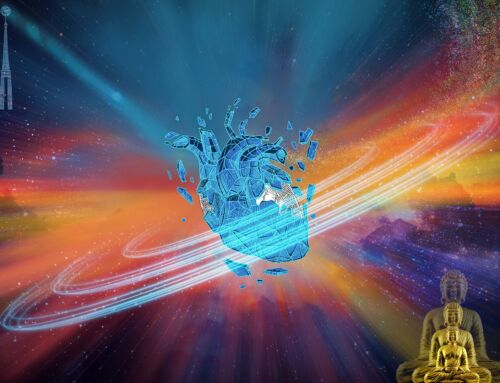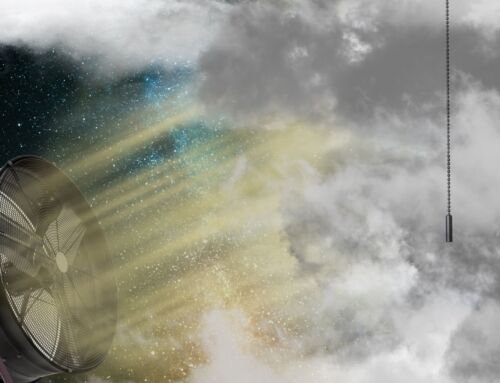There are many ways to diagnose diseases and other psychosomatic disorders. An internist examines the temperature, checks the throat, asks about medications, and conducts visual or auscultatory examinations or uses specialized equipment.
A reflexologist visually/sensitively examines nerve points called reflexes, of which there are over 7,200 on the body. They are mainly located on the feet, but also on the hands and face. An experienced reflexologist can diagnose problems by observing and feeling these points, often more accurately than a general practitioner.
Face Reading
There are also other methods of diagnosing disorders, such as face reading. Every discoloration and wrinkle signifies something about what is happening in the body. With knowledge of this, one can accurately determine what is happening in the patient’s psyche. All facial anomalies and distortions are crucial in this regard. Looking at the patient, the left side of the face represents the internal world, while the right side represents the external world. For example, a drooping left corner of the mouth indicates that the person is unhappy internally, while a raised right corner indicates that they are happy with the external world. This is a rare case, as it is often the opposite. A single vertical wrinkle between the eyebrows tells us that the person is very stubborn, although one must also pay attention to the depth of these wrinkles, as two vertical wrinkles between the eyebrows convey something else entirely. Therefore, external/ personal inspections can provide experienced individuals with a wealth of useful information to improve the patient’s quality of life and health.
Iris, tongue, and pulse examination
Iris examination, tongue examination, and pulse examination are also distinguished, mainly in Chinese medicine. The eye responds to all changes in the body the fastest. On the tongue, we can observe various discolorations, bends, lumps, and pimples – their location is not insignificant. Pulse examination requires tremendous skill in listening to the pulse with the fingertips on the patient’s wrist, but a skilled practitioner can accurately pre-diagnose a patient in usually no more than 2-3 minutes. The whole thing can be summed up in this way: the body shows us in many ways what is wrong with it, and we just need to learn to listen.
Energy Examination
With highly developed sensitivity, most illnesses can be sensed through energy examination. In energy work, distance does not matter, both in treatment and diagnosis. Diseases and problems of the person are felt as one’s own because the energy of these people is mixed. The better we know ourselves, the better we can know others, which is why it is so important to develop as a bioenergy therapist and to continuously grow in humanity, becoming a better person. Then we can awaken abilities that lie within us. The better the healer, the more perfect the person, the greater the healing power, the greater the impact on the psyche, etc.
Dowsing for Diagnosis
One method of diagnosis is also to use a pendulum, such as the Astral Scales of Zbigniew Jan Popko, although here one must distinguish between radiesthetic dowsing and dowsing from energy or spiritual spaces. The higher the space, the fewer obstacles, the better the diagnosis, and the more accurate the reading. Even with highly developed sensitivity, the accuracy of feelings and the strength of the problem are often verified on the pendulum.





